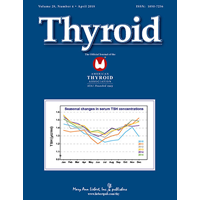Abstract
Most of the time, pediatrician is the first to see children with adenotonsillar hypertrophy (AH) and they mostly rely on clinical assessment with or without some investigation to refer these children to otorhinolaryngologist. Numerous methods have been described for evaluation of AH, but many of these methods are not possible to follow in busy pediatric outpatient unit either because of lack of cooperation from child or due to limited availability of test or due to cost constraints. This study has been conducted to determine the diagnostic accuracy of lateral neck X-ray (LNX) for assessing AH and to assess the correlation between adenoid size in LNX and clinical symptoms in a pediatric unit. Prospective study conducted in Department of ENT, Pathmavathy Medical Foundation, Kollam, Kerala, India from January 2015 to March 2016. 60 consecutive children of both genders, between the age group of 5 to 14 years, attending Department of Pediatrics with a provisional diagnosis of AH were included in the study. The symptom scores, radiographic ratio of adenoid to nasopharynx and endoscopic scorings were calculated. Lateral neck X-ray with calculation of adenoid-to-nasopharynx ratio is found to have significant correlation with patient reported symptoms and findings in nasal endoscopic examination (NE). LNX can be considered as a useful objective tool in evaluation of children with adenoid hypertrophy. Primary care physicians or pediatricians can confidently use lateral neck X-ray for making clinical decisions and can consider nasopharyngoscopy when clinical picture remains unclear or more evaluation is needed.
https://ift.tt/2Jm7WGW

